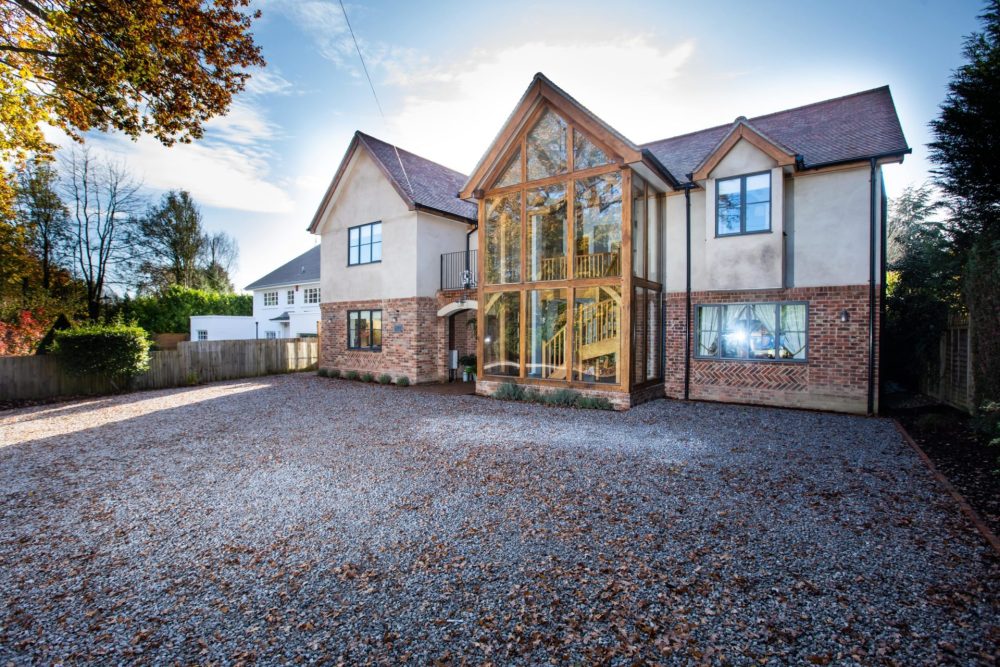Gravelrings
Gravel grid system

If you’re going to lay a gravel driveway, you first need a sub-base. This will prevent your grid and gravel from simply sinking into the soil. It will also support load bearing. The difficulty is that this raises a lot of questions. There are all kinds of sub-bases available. What depth should you lay the sub-base to? And how can you lay a sub-base without completely trashing the aesthetic of your drive or front garden? We’re here to help answer these questions.
The most common sub-base for gravel driveways is MOT Type 1. It’s an aggregate created from recycled crushed concrete and rubble. And is made up of a range of different sized particles, from dust up to around 40mm pieces. This helps to ensure perfect compaction. Its only disadvantage is that it is not massively permeable, meaning little to no water will pass through. So, if you are looking for great permeability, you might want to consider granite or limestone. Both of which are very permeable. But, as a trade-off, they don’t provide the same degree of compaction.
When you’re laying sub-base for a driveway, it’s really important to get the depth right. Use too little and the sub-base simply won’t perform as required. Use too much and you will raise the level of your driveway (unless you have taken this into account when excavating). And you’ll also incur unnecessary expense. As a general rule, sub-base for driveways should be 100-150mm deep. So, plan ahead, and excavate accurately. Once you’ve excavated, you can use stakes marked with the correct depth to ensure that your sub-base is both the right thickness and even throughout.
To get the best results from your sub-base, it’s never a good idea to lay it all in one. Split your aggregate in half. This will allow you to create two layers of 50mm or 75mm. By layering your sub-base, you are improving compaction and the strength of your driveway.
The trick with laying a sub-base successfully is to get the compaction right. And the easiest way to achieve this is with a vibrating roller. This doesn’t just squash and force the particles into place. It nudges and cajoles, allowing the material to form the most cohesive barrier.
The temptation when laying any kind of driveway is to create a perfect flat surface. However, that can lead to water sitting on the surface, or even trickling back into the houses, even if you do use a more permeable material. By laying your driveway – including sub-base – at a very slight angle, you can allow for the natural run off of water. And the incline can be very slight. By laying your driveway just 100mm higher at your doorway than at the roadway exit point, you can prevent surface water building.
If a gravel driveway is going to look good, it really needs to be edged. This will stop the gravel from spilling over on to your lawn. But you need to take this into account when laying your sub-base. If you’re going to use edging stones, wooden tiles, or bricks, your sub-base should extend out to include the edging. If you are going to use planting – perhaps a low hedge – you need to ensure that your sub-base does not intrude into the planting area.
The sub-base is one of the most important elements of driveway creation. Just like the foundations of a house, your driveway sub-base is the main load-bearing layer. It provides stability and strength. And it will save you money by helping to ensure that your gravel isn’t simply subsumed by your soil. So, whether you choose to use loose gravel, gravel grids, or gravel rings, sub-base has an important part to play.
Thinking of laying a gravel driveway? Find out how Beauxfort can help.